Yesterday the Australian Energy Regulator (AER) announced it will allow energy retailers to lift prices for existing customers by 19.5-23.7 per cent.
This is the cap that energy retailers can charge existing customers who haven’t looked elsewhere.
And it follows an 18 per cent increase last year. These are huge increases which feed directly into inflation, which then feeds into the Reserve Bank decision to lift interest rates.
With inflation currently around 7 per cent, the energy increase seems way out of whack. Why?
Global coal prices are down significantly from this time last year, as is gas and oil. So if the commodities which generate energy are down so much, then why aren’t our power prices following?
Australian Energy Market Operator explained at the end of April that average wholesale spot electricity prices fell 11 per cent to $83 per megawatt hour in the March quarter, following a 57 per cent decline in the December quarter.
So, commodity prices down and spot prices down… but household prices up. Just doesn’t make sense.
But then the AER said the cost of actually generating electricity accounts for around 30-40 per cent of the total market price. It said it’s the largest driver of increases in prices because “the wholesale electricity market has faced unprecedented supply challenges and volatility”.
In other words, the increase in prices isn’t from the cost of the energy but from how it’s generated. It’s the cost of the archaic infrastructure which generates the power.
It is the cost of years of neglect and lack of investment in modern power generation facilities.
And we’re paying for it through the hip pocket.
Quick ways to reduce your energy costs
1. Use less
Yes, I know, it’s obvious – but are you really cutting down?
- Switch off the lights
- Take shorter showers
- Turn off appliances at the power point (“vampire energy”, or the electricity your appliances use when they’re on stand-by, is a thing)
- Lower the temperature of your heater (better yet, put another jumper on)
- Install solar
- Use a warmer doona rather than heat your bedroom
- Insulate your roof, cover the cracks under your doors and use heavy curtains to retain more heat inside your home
You know all these things, you just need to do them.
2. Compare what you’re paying
Check energy plans across retailers in order to negotiate a better deal with your current supplier. Remember to include any connection fees in your calculations. If they won’t lower their charges, switch to a company who will.
3. Go off-peak
The quickest way to reduce your electricity costs is to flip around your daily habits so you’re doing more when electricity costs less:
- Set the dishwasher to run in the middle of the night
- Take a shower super-early in the morning or late at night
- Do a load of washing before you go to bed (hang it on a rack rather than use the dryer)
- Use a slow-cooker overnight then switch it off in the morning – reheat at dinner time
- If you’ve got a pool, make sure your filter is quiet enough to run overnight
- Only charge your devices at night
Get Kochie’s weekly newsletter delivered straight to your inbox! Follow Your Money & Your Life on Facebook, Twitter and Instagram.
Read this next:
Your energy bills could be 15% cheaper, if Australia’s regulator was doing its job










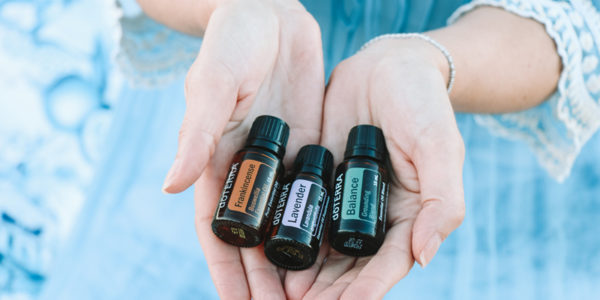








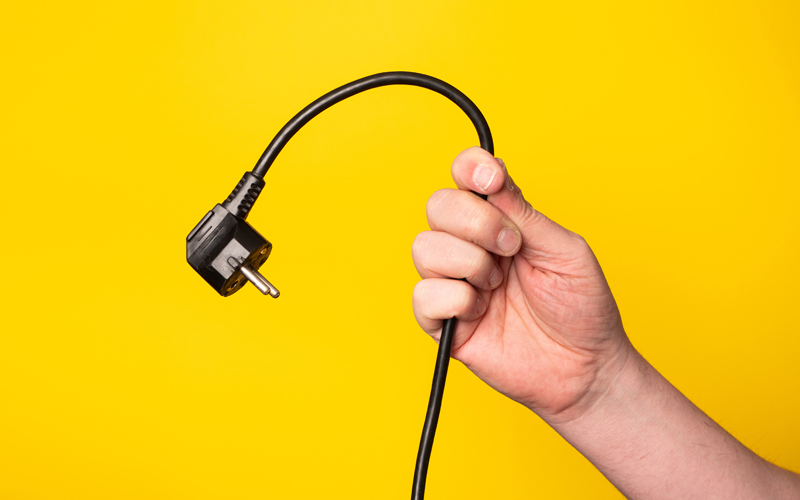




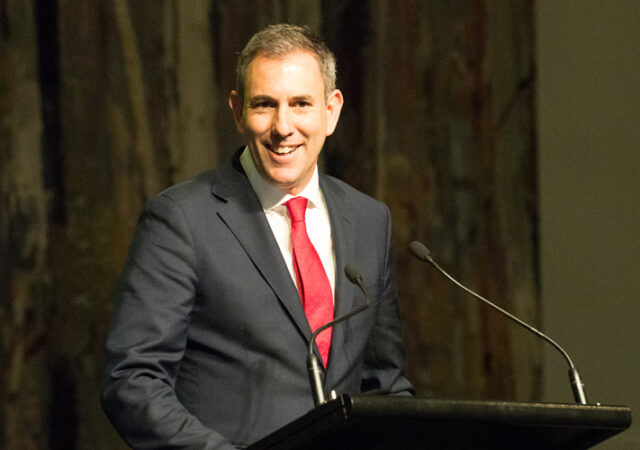
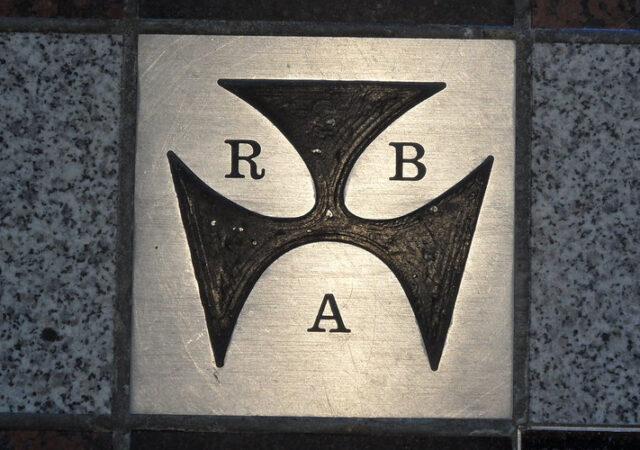

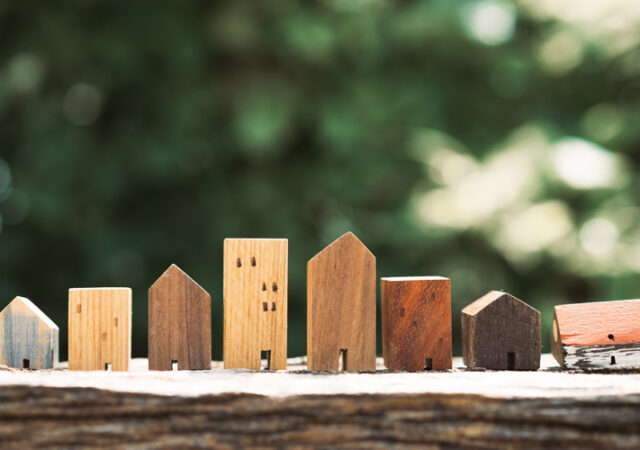
Trending
Sorry. No data so far.